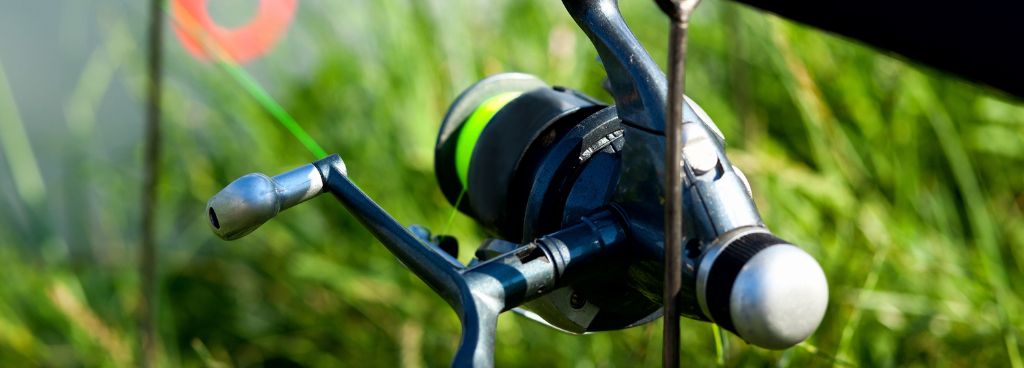Stories Worth Reeling In...
Last Updated on September 29, 2023
Are you wondering how much line to put on your spinning reel? Properly filling your spinning reel with the right amount of fishing line is essential for optimal performance and a successful fishing experience.
Whether you’re a beginner angler or a seasoned pro, understanding the factors that determine the appropriate line capacity is key to maximizing your reel’s potential. So, let’s dive in and discover the secrets to filling your spinning reel with the perfect amount of fishing line!
Table of Contents
Line capacity refers to the maximum amount of fishing line that a reel can hold. This capacity is influenced by the diameter and length of the line.
The spool size of a spinning reel plays a significant role in determining its line capacity. Spools come in different sizes, ranging from compact to larger ones. Smaller spools typically have lower line capacities, while larger spools can accommodate more lines. Each spinning reel model specifies its line capacity, usually measured in yards or meters for monofilament or braided lines.
If you plan to fish in open water or target larger fish that require long casts, you may need to fill your reel with more lines. On the other hand, if you’re fishing in confined spaces or targeting smaller fish, you may not need as much line.

Different techniques require varying line lengths. For example, if you’re casting long distances, you’ll need more lines compared to finesse techniques that require shorter casts.
Line thickness, also known as line diameter, is another factor to consider. Thicker lines occupy more space on the spool, which affects the overall line capacity. Thinner lines provide more capacity but may sacrifice some durability, while thicker lines offer added strength but reduce the overall line capacity.
If you frequently cast long distances, you may want to leave some room on the spool to ensure optimal casting performance. Overfilling the spool can lead to line tangling and decreased casting distance. On the other hand, if casting shorter distances or fishing in tight quarters, you may opt to fill the spool closer to its maximum capacity.
Leaving some room on the spool allows for better line control, reduces the chances of line tangling, and promotes smoother casting and retrieval. Some anglers prefer to have a bit more line on the spool for added flexibility, while others prefer a more precise amount based on specific fishing scenarios.
Filling a spinning reel with the right amount of fishing line requires a systematic approach to ensure optimal performance on the water. Follow these steps to properly fill your spinning reel:
When spooling the line, it’s important to maintain tension and avoid line twists and tangles. One technique is to apply light pressure on the line as it is being wound onto the spool. This helps prevent loose loops and ensures a consistent line lay. If you encounter any twists or tangles, pause and correct them before proceeding.

Proper line management and regular maintenance are crucial for maximizing the performance and lifespan of your fishing line. Follow these tips to ensure optimal line management:
Proper storage of your spinning reel and fishing line is essential for maintaining their integrity. Follow these recommendations:
Casting reels should measure between an eighth of an inch and all the way to the top. If you put too much line on them, you’ll get an unusual sound when casting. Spinning reels should be completely full, all the way to the top. The line can bounce off the spool in coils if you put too much on them.
Typically, filling the spool about 1/8 inch (3-4 mm) from the edge with backing line is recommended. This provides a base for your main fishing line.
Switching to a thinner line might allow you to put more line on the reel, but it’s crucial to stay within the reel’s recommended capacity to avoid problems.
It’s not necessary to fill the spool entirely. Leave about 1/8 inch (3-4 mm) of the spool lip exposed to avoid line-related issues.
Overfilling can result in line twisting and tangling, causing casting issues and potential backlash during retrieval.
Remember, each fishing scenario may require different line capacities, so it’s essential to assess your specific needs and preferences. Experiment with different line amounts and adjust accordingly to find the setup that works best for you.
Thank you for joining this journey of understanding how much line to put on a spinning reel. I hope this guide has provided you with the knowledge and confidence to make the most out of your fishing adventures. Tight lines and happy angling!